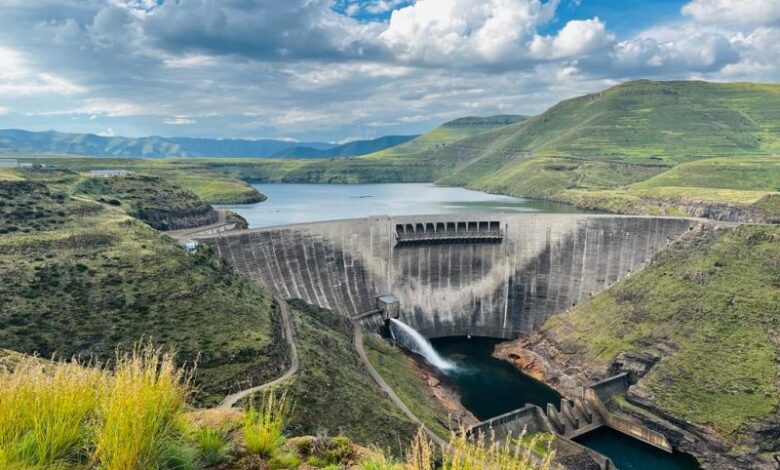Info
20 Things You Should Know About the Lesotho Highlands Water Project

The Lesotho Highlands Water Project (LHWP) is one of the most ambitious engineering initiatives in Southern Africa. Designed to provide water and hydroelectric power, the project has significant implications for both Lesotho and South Africa. Here are 20 key facts you should know about this landmark project:
- Overview: The LHWP is a multi-phased project that aims to transfer water from the Lesotho Highlands to South Africa, while also generating hydroelectric power for Lesotho.
- Location: The project is located in the mountainous regions of Lesotho, primarily in the Highlands, which are known for their stunning landscapes and high altitudes.
- Historical Context: The LHWP was conceived in the 1980s due to the increasing demand for water in South Africa, particularly in Gauteng province, which includes Johannesburg and Pretoria.
- Phase I Completion: The first phase of the LHWP was completed in 1998 and includes several dams, tunnels, and hydropower facilities, significantly enhancing water supply to South Africa.
- Dams: The main dam of the project is the Katse Dam, which is one of the highest dams in the world and plays a crucial role in water storage and supply.
- Water Transfer: The project diverts water from the Senqu River and its tributaries, which is then treated and sent to South Africa via a series of tunnels and pipelines.
- Hydropower Generation: In addition to water supply, the LHWP also includes the Muela Hydropower Station, which generates electricity for Lesotho and supports the national grid.
- Environmental Impact: The project has faced scrutiny regarding its environmental impact, including the displacement of communities and alteration of local ecosystems.
- Social Implications: Thousands of people were relocated due to the construction of the dams and related infrastructure, leading to ongoing discussions about compensation and support for affected communities.
- Economic Benefits: The LHWP is a significant contributor to Lesotho’s economy, providing jobs during construction and ongoing employment in operations and maintenance.
- International Cooperation: The project is a result of collaboration between Lesotho and South Africa, highlighting the importance of regional partnerships in addressing shared water challenges.
- Future Phases: The LHWP is expected to expand in future phases, with plans to increase water transfer capacity and improve hydropower generation.
- Water Quality: The water from the LHWP is of high quality, thanks to rigorous treatment processes, making it suitable for consumption in South Africa.
- Cultural Considerations: The project has raised concerns about the cultural heritage of communities affected by the construction, emphasizing the need for cultural preservation.
- Climate Change Resilience: The LHWP is designed to enhance water security in the region, particularly in the face of climate change and variability in rainfall patterns.
- Research and Monitoring: Ongoing research and environmental monitoring are essential to assess the impacts of the project and adapt management strategies accordingly.
- Legal Framework: The LHWP operates under a series of treaties and agreements between Lesotho and South Africa, ensuring legal frameworks are in place for water sharing.
- Infrastructure Development: The project has led to significant infrastructure improvements in Lesotho, including roads and telecommunications, enhancing connectivity.
- Public Awareness: Increasing public awareness about the benefits and challenges of the LHWP is crucial for fostering community support and addressing concerns.
- Legacy and Future Vision: The LHWP is seen as a model for transboundary water management, showcasing how countries can collaborate to achieve mutual benefits in water resources.
The Lesotho Highlands Water Project is not only a critical source of water and energy for Southern Africa but also a complex initiative that reflects the interplay between engineering, environmental stewardship, and social responsibility. Its success and challenges offer valuable lessons for future water management projects around the world.
Join 'Lesotho News' WhatsApp Channel
Get breaking Lesotho news — delivered directly to your WhatsApp.
CLICK HERE TO JOIN



